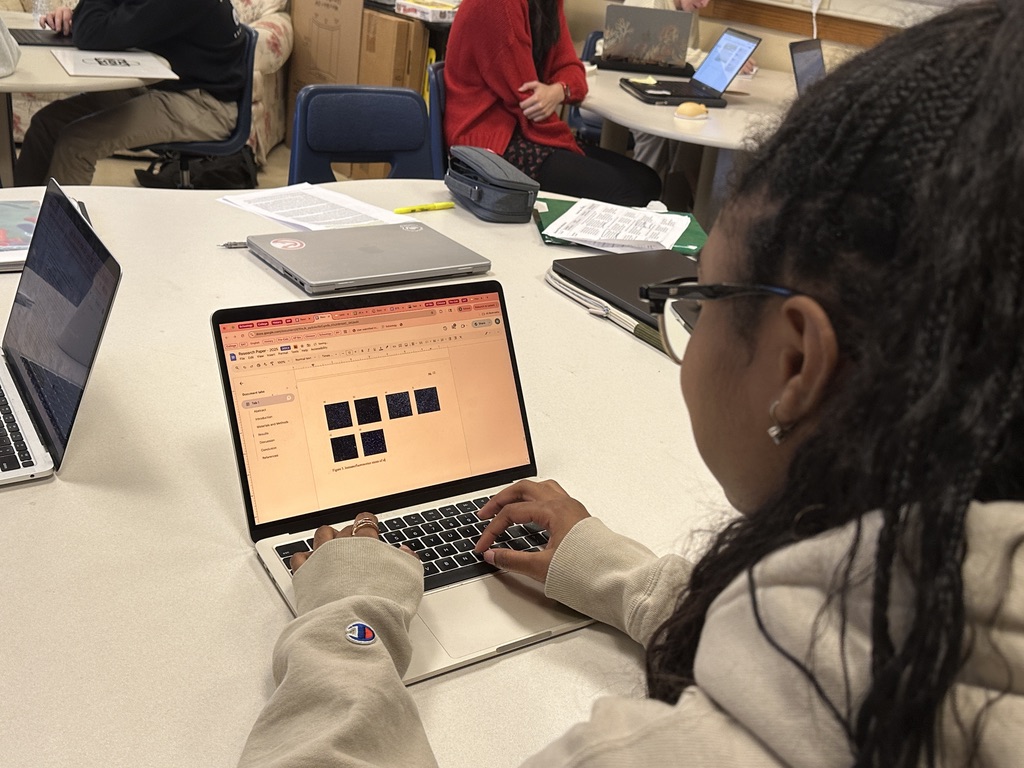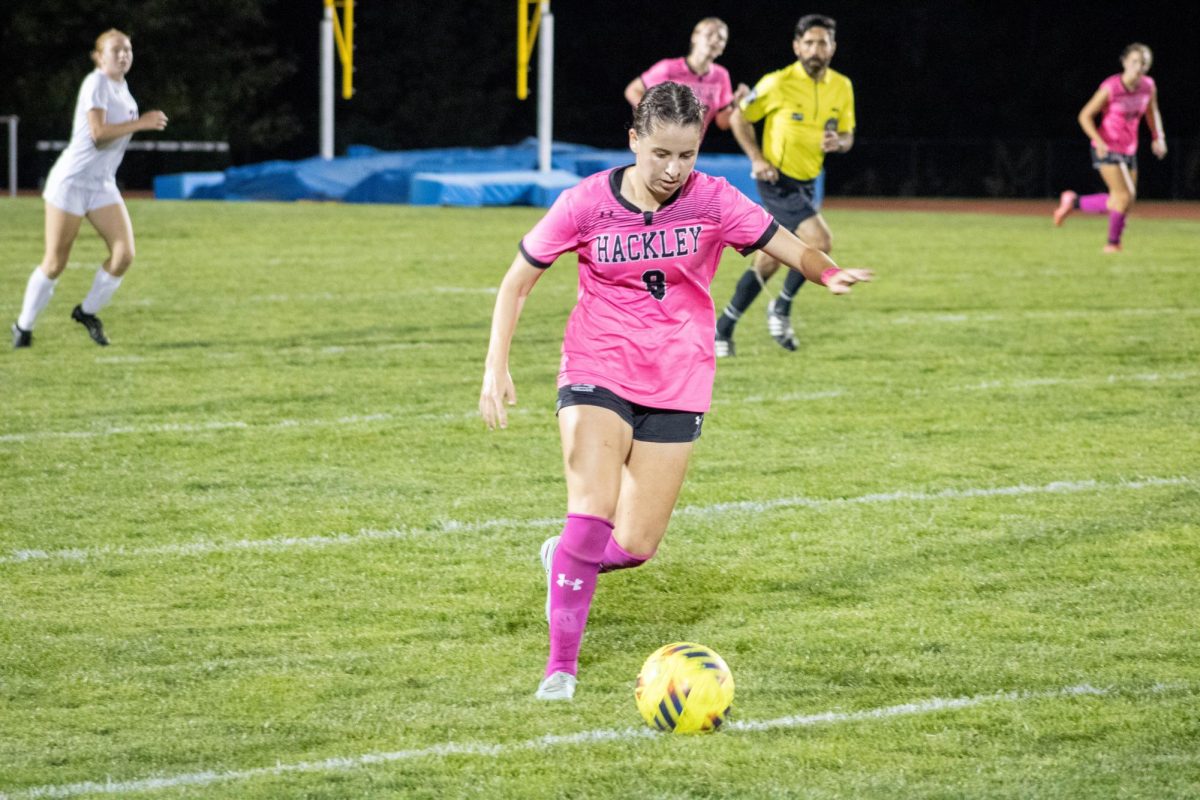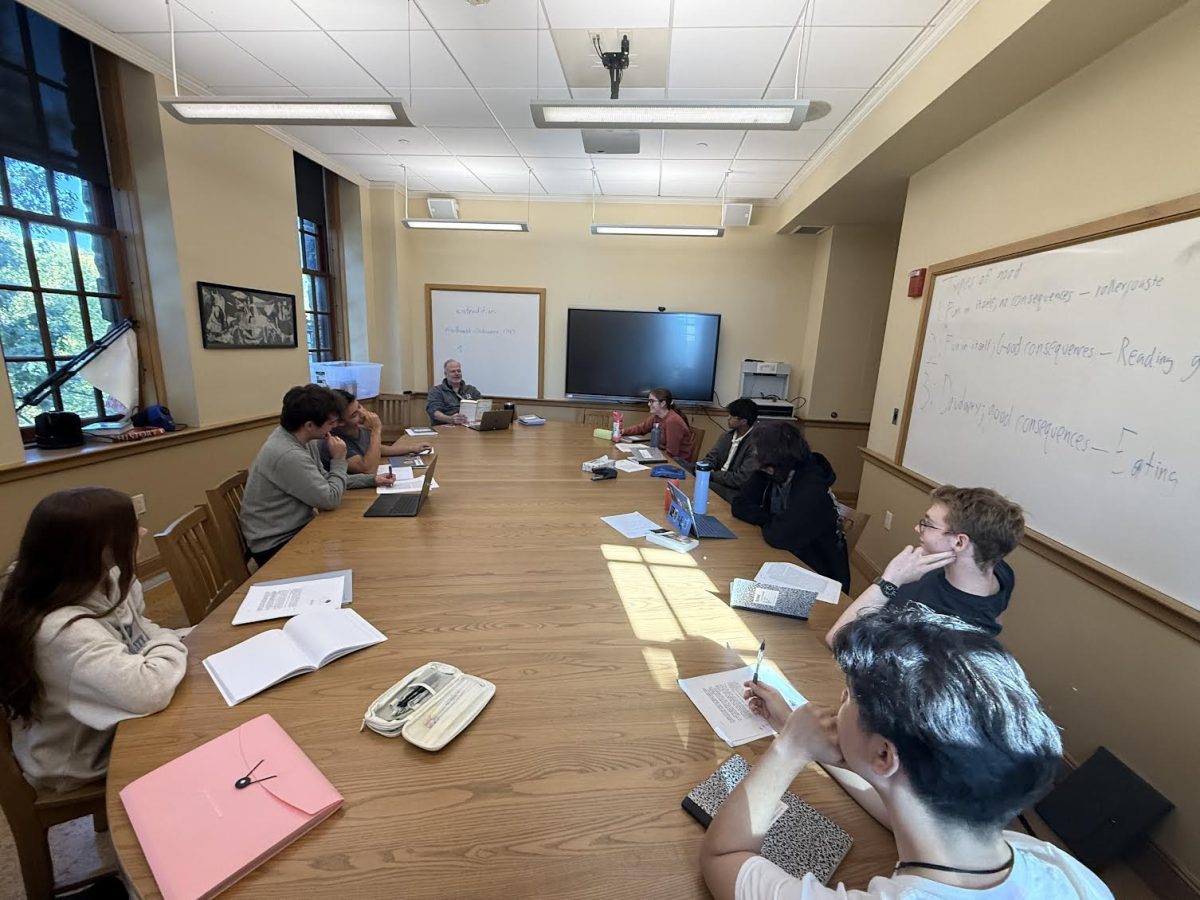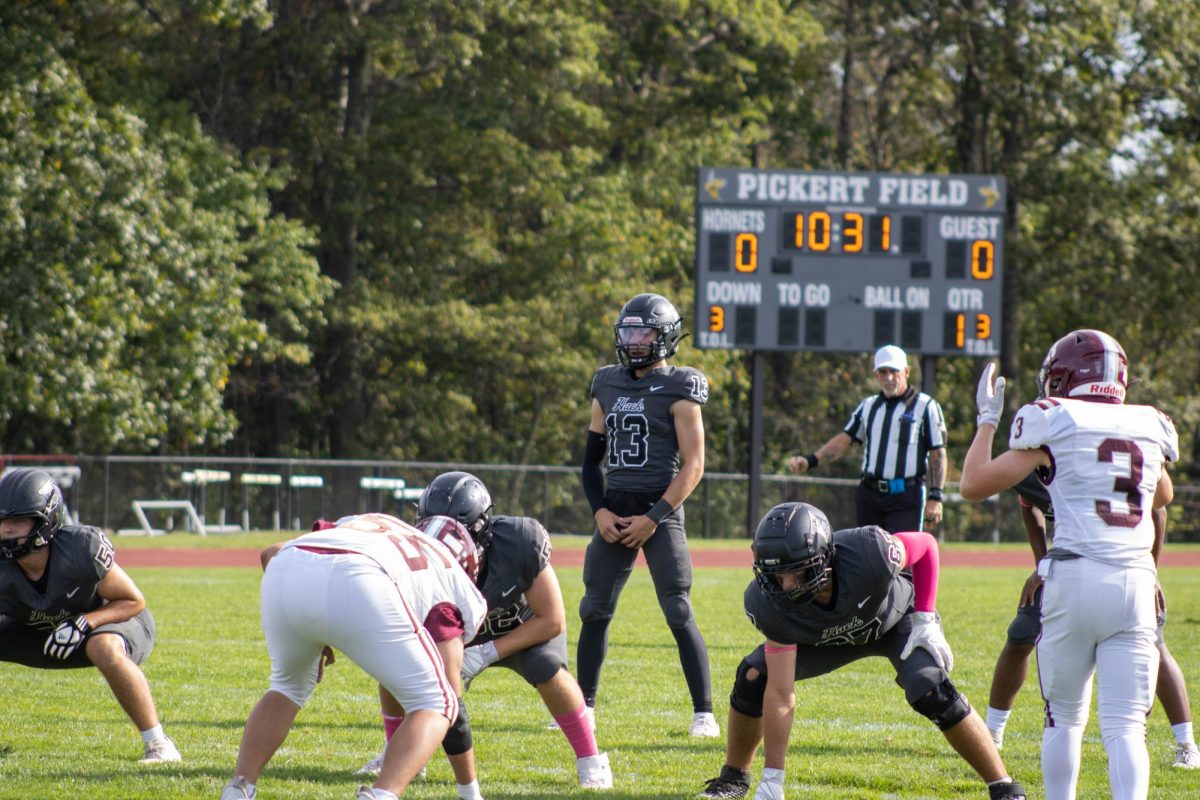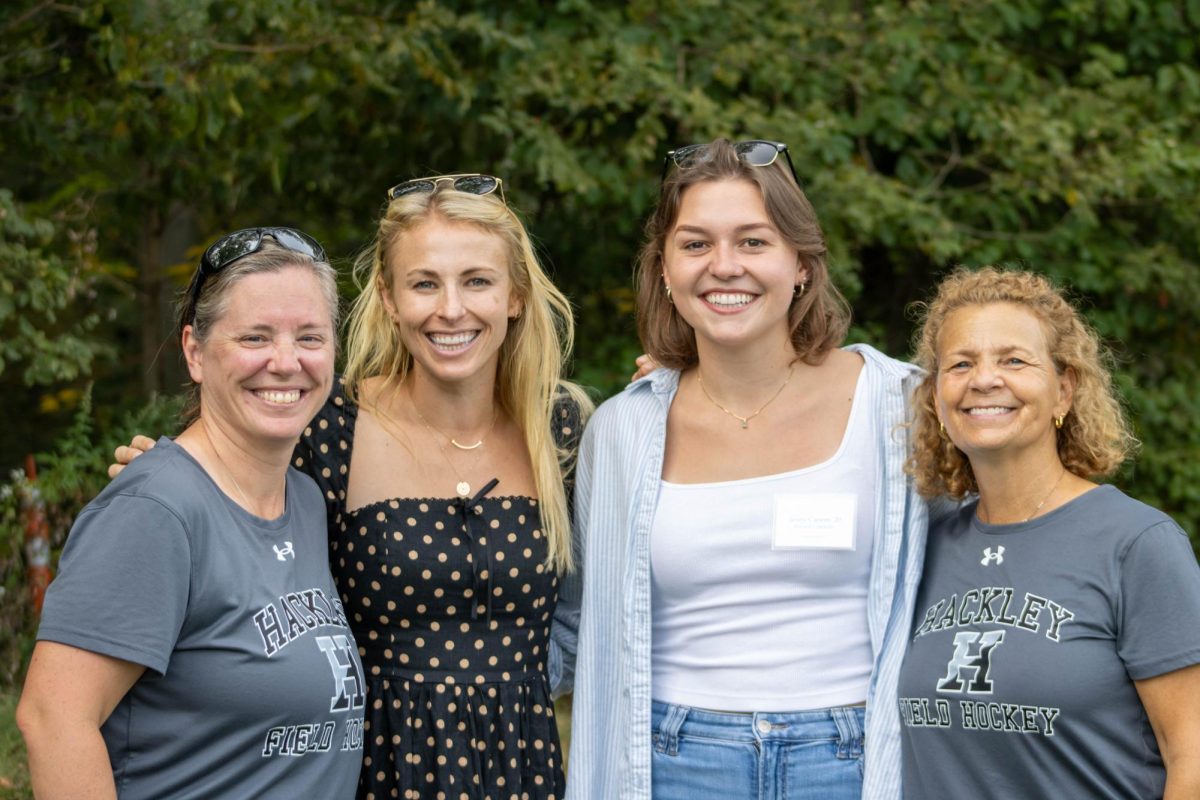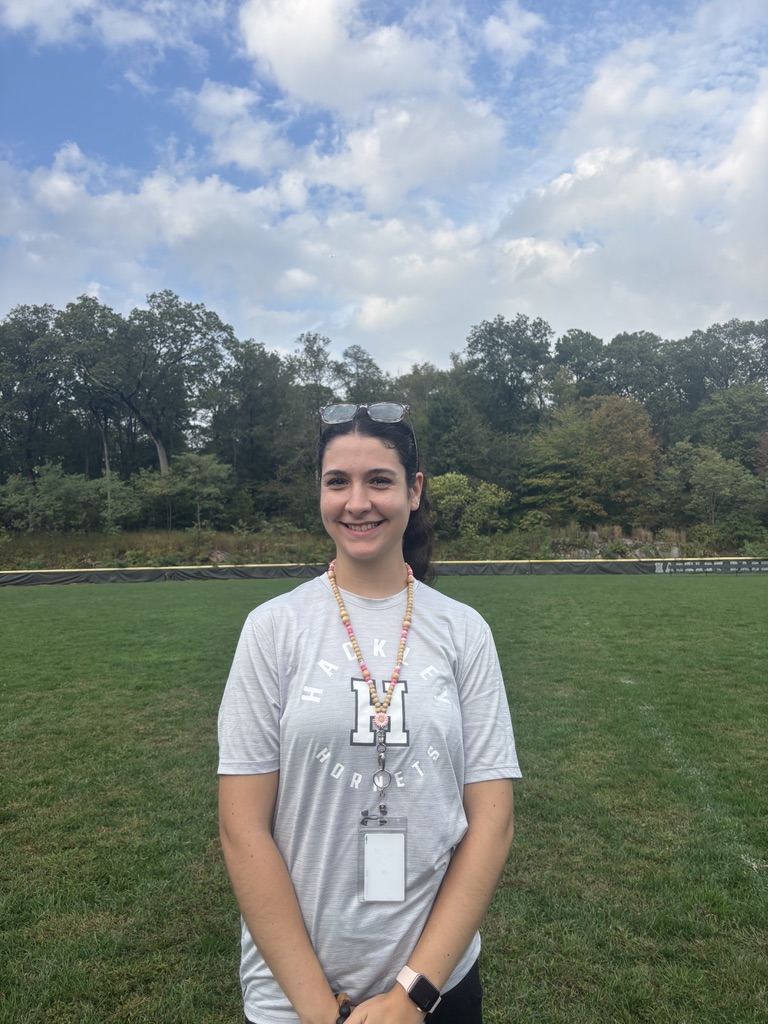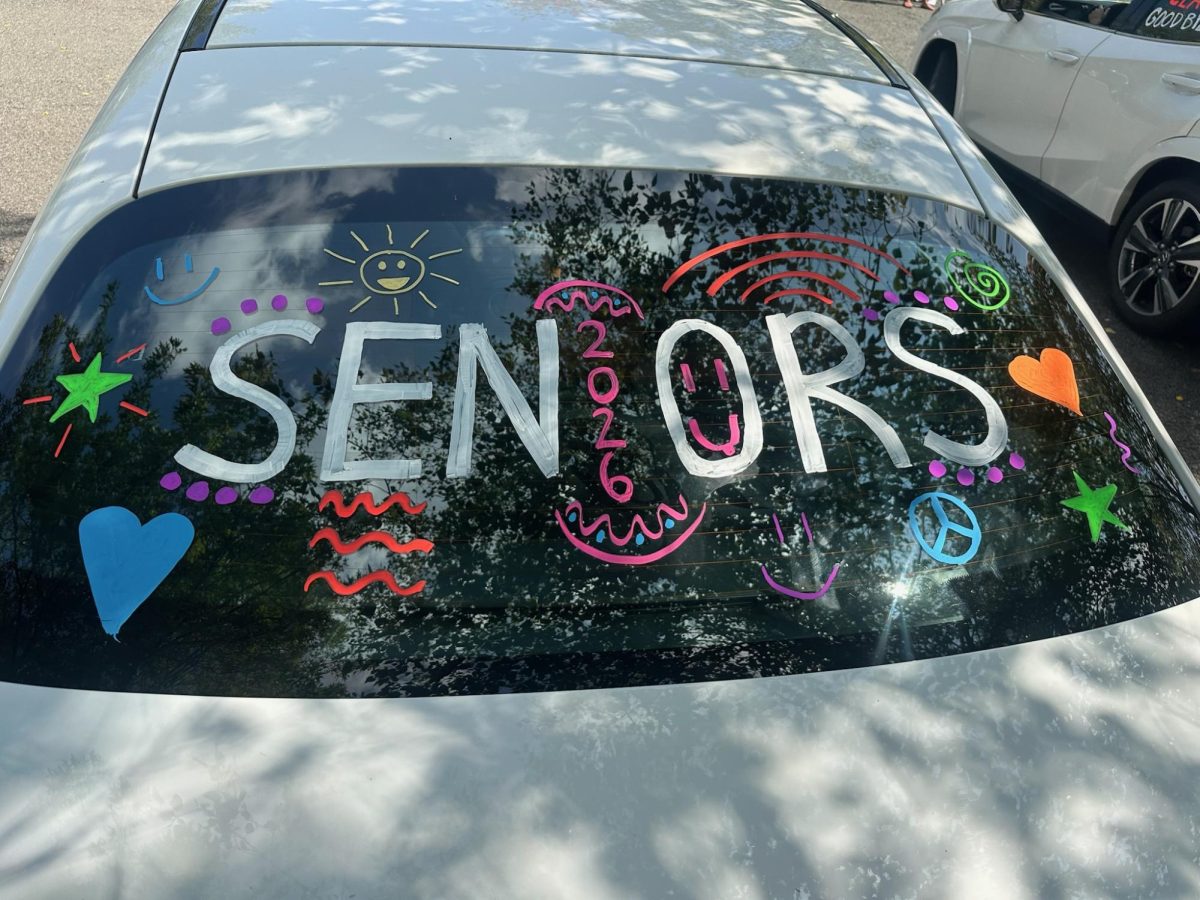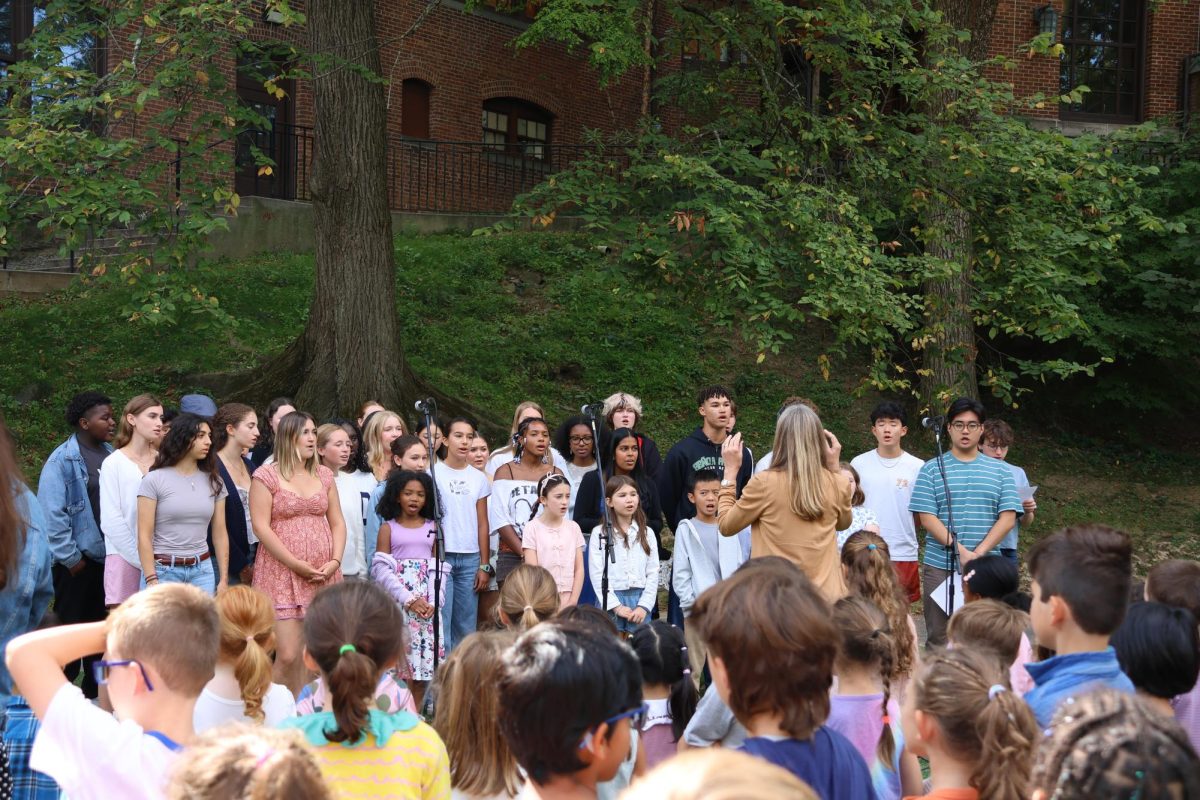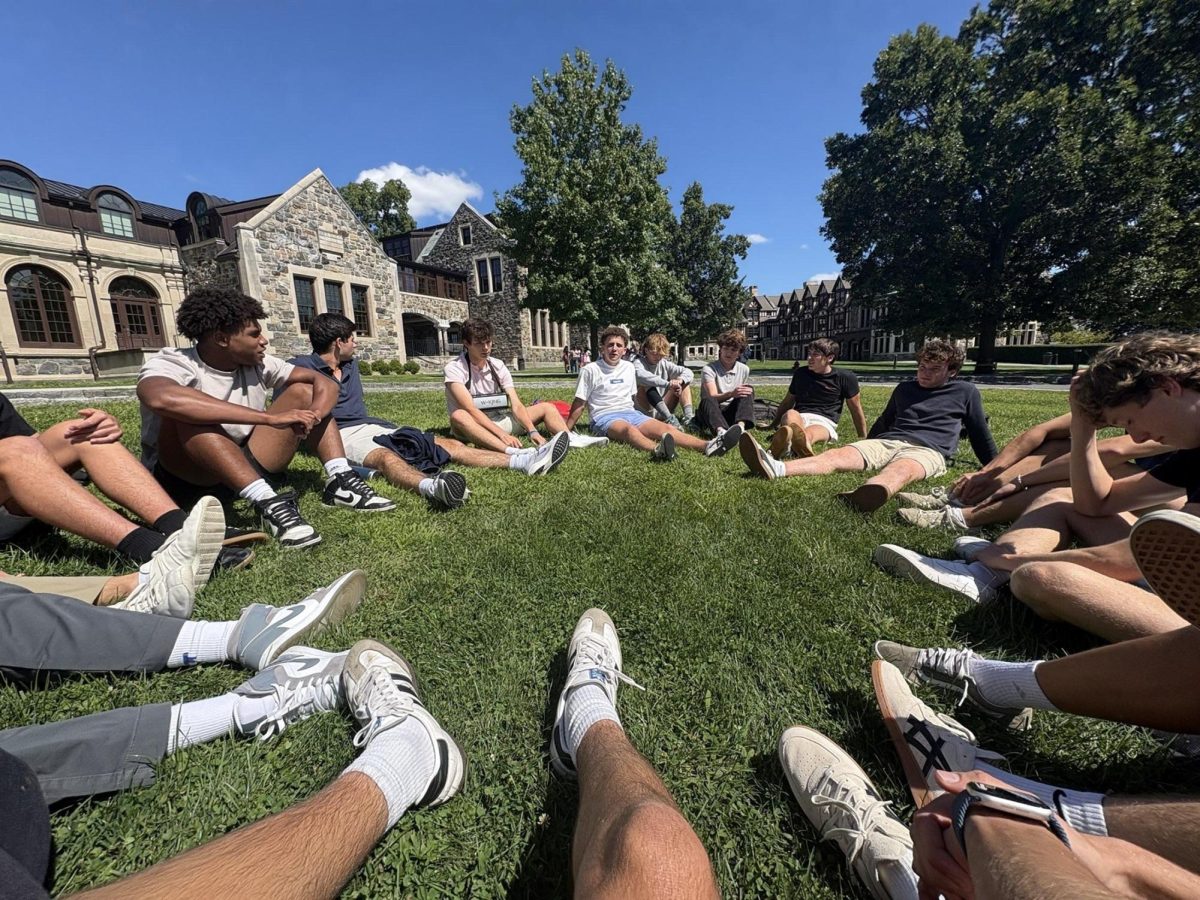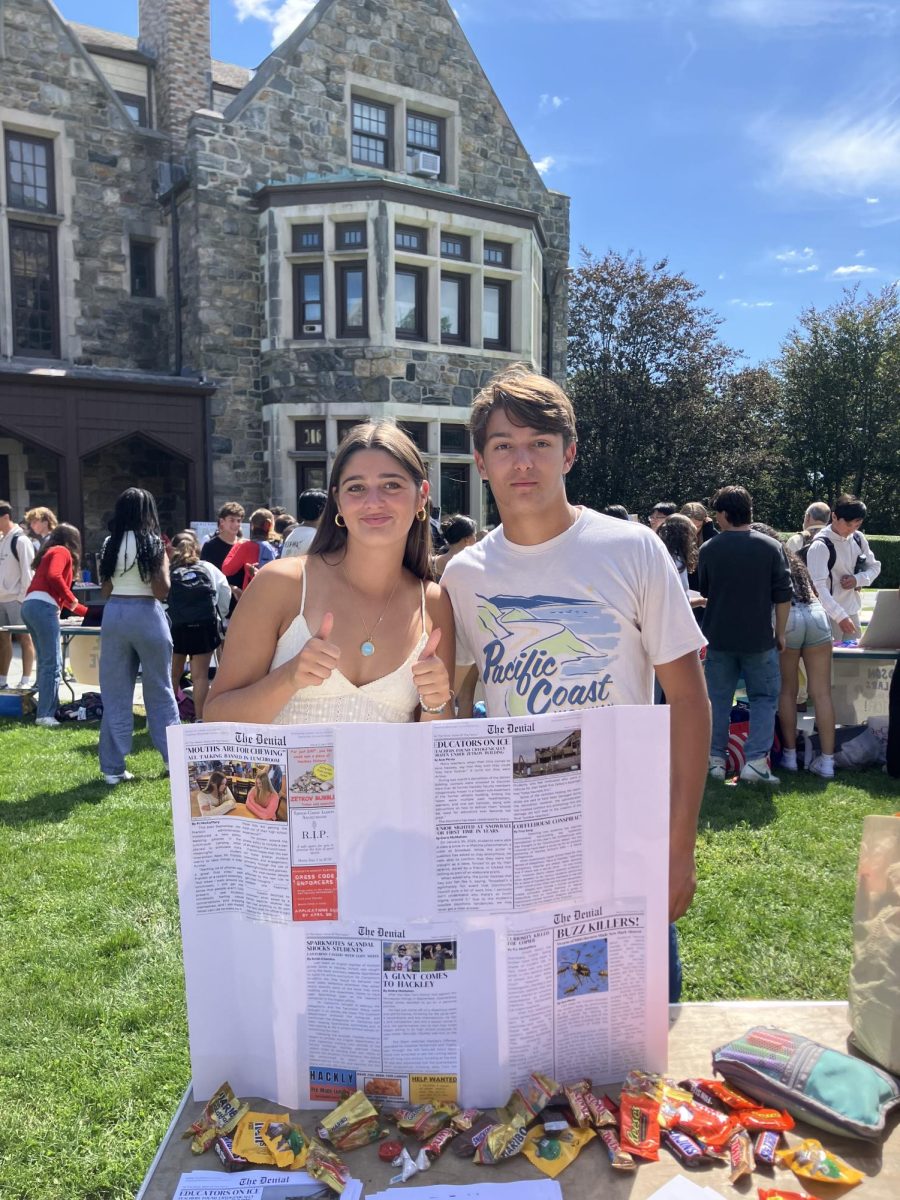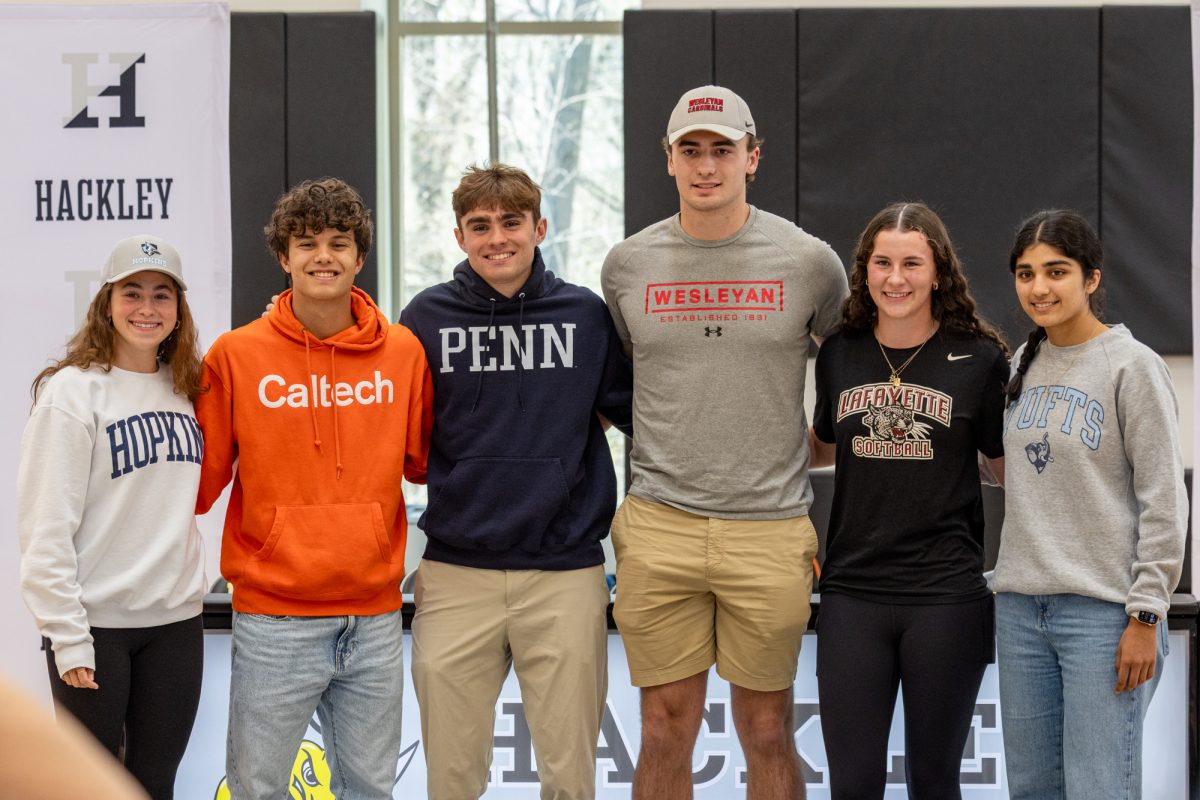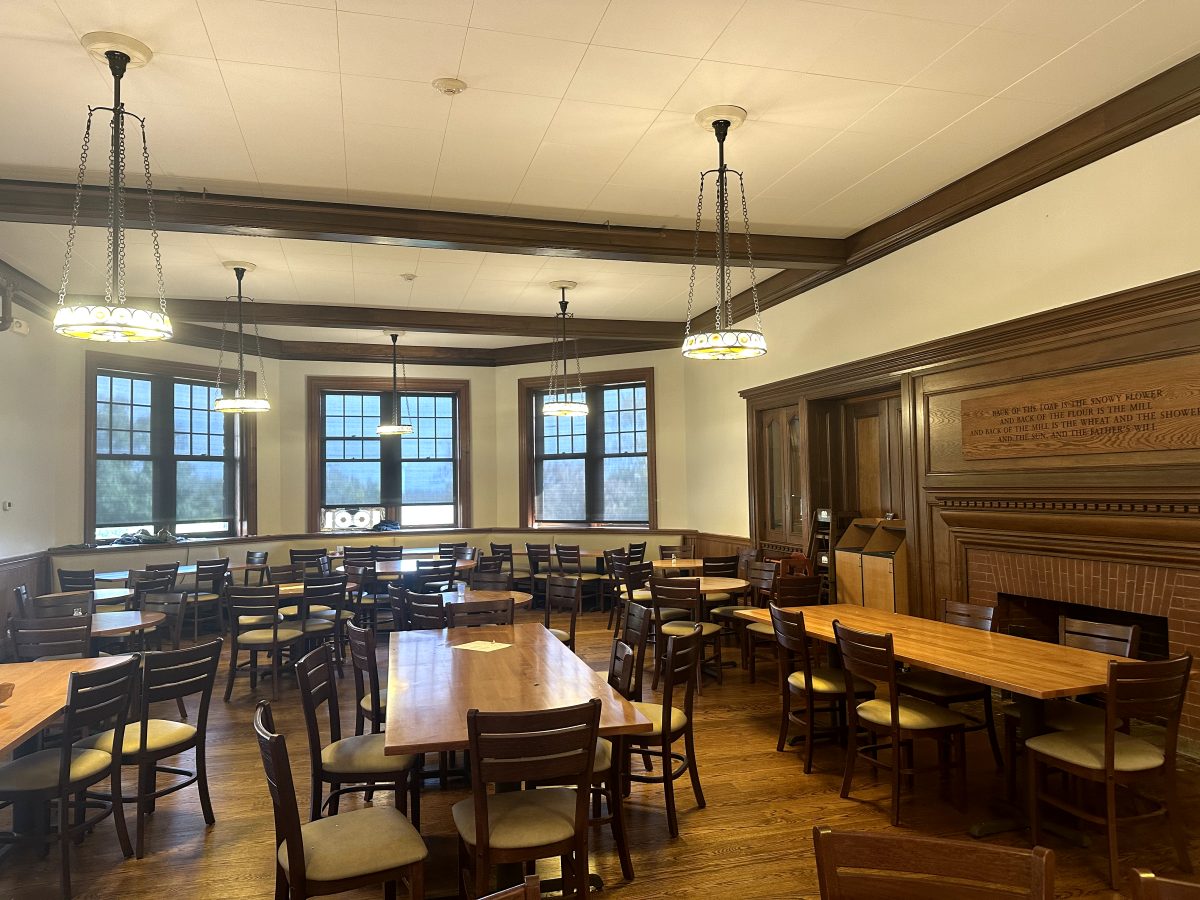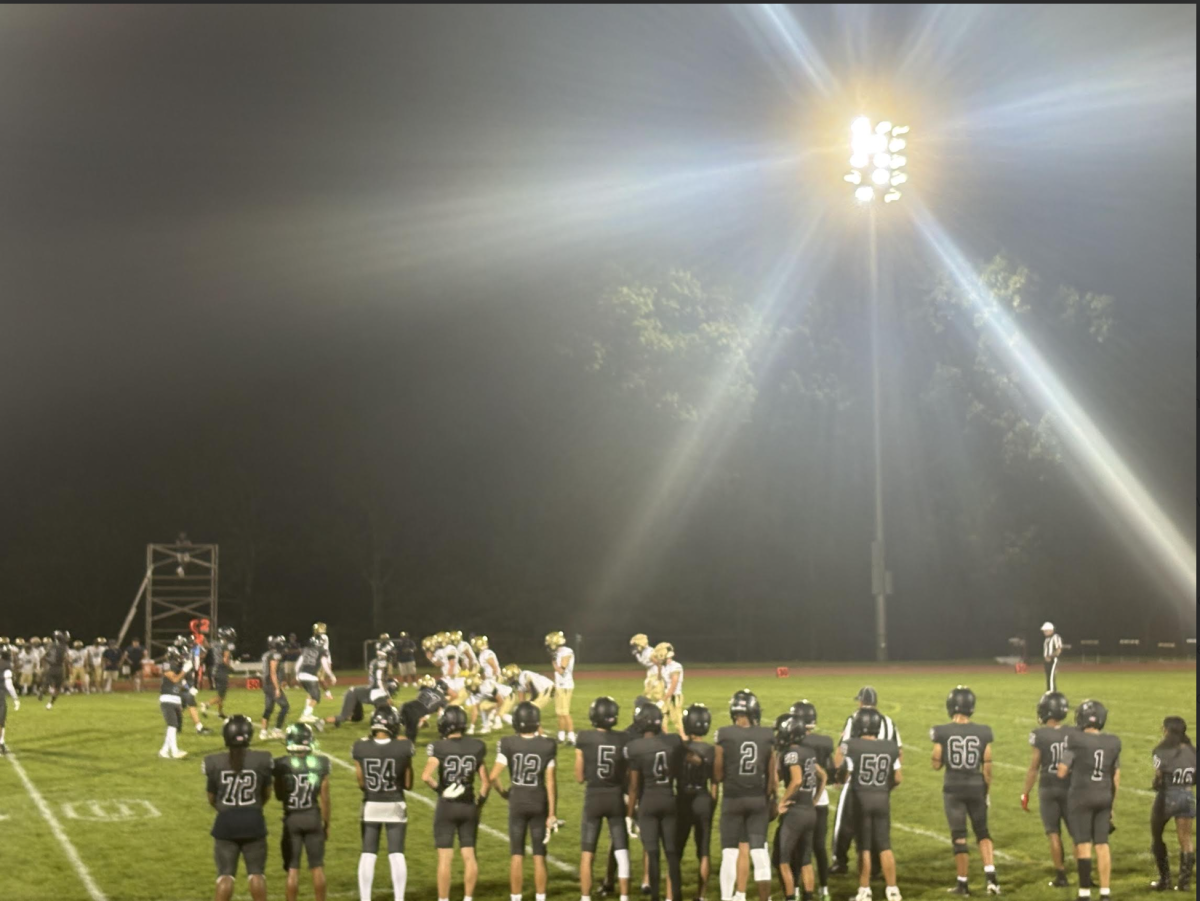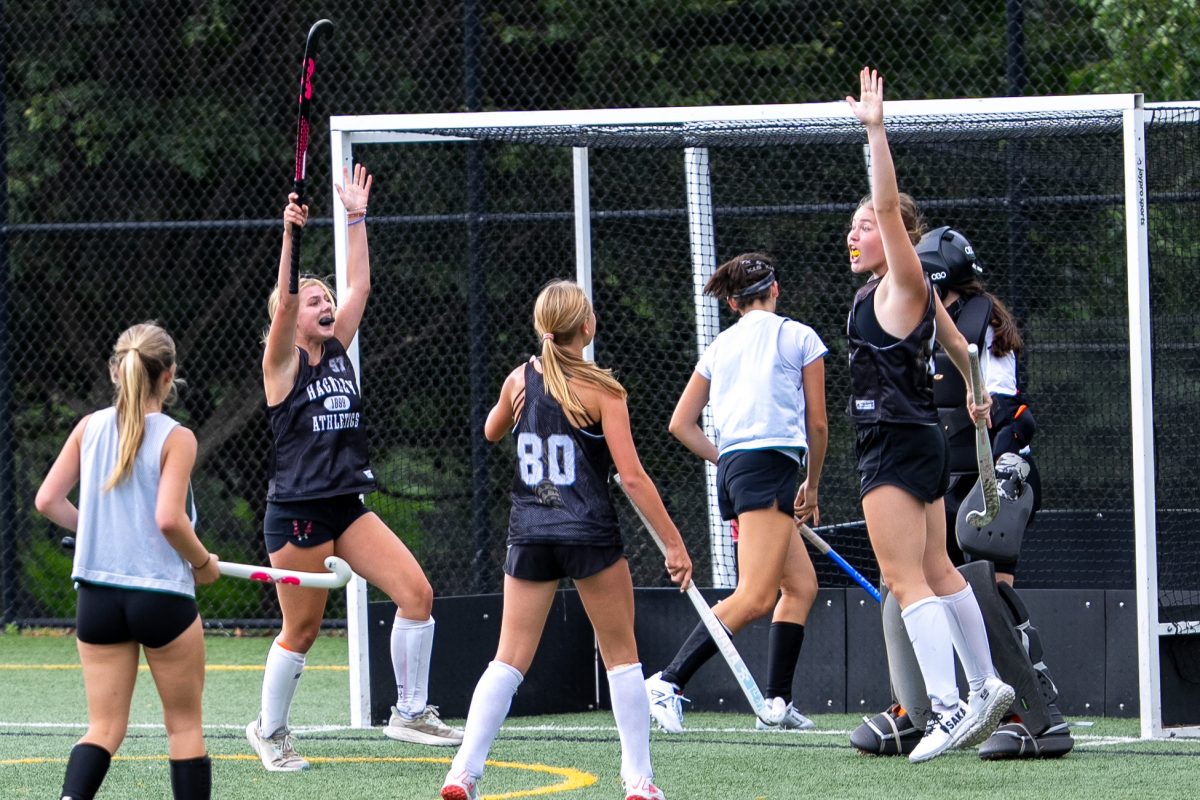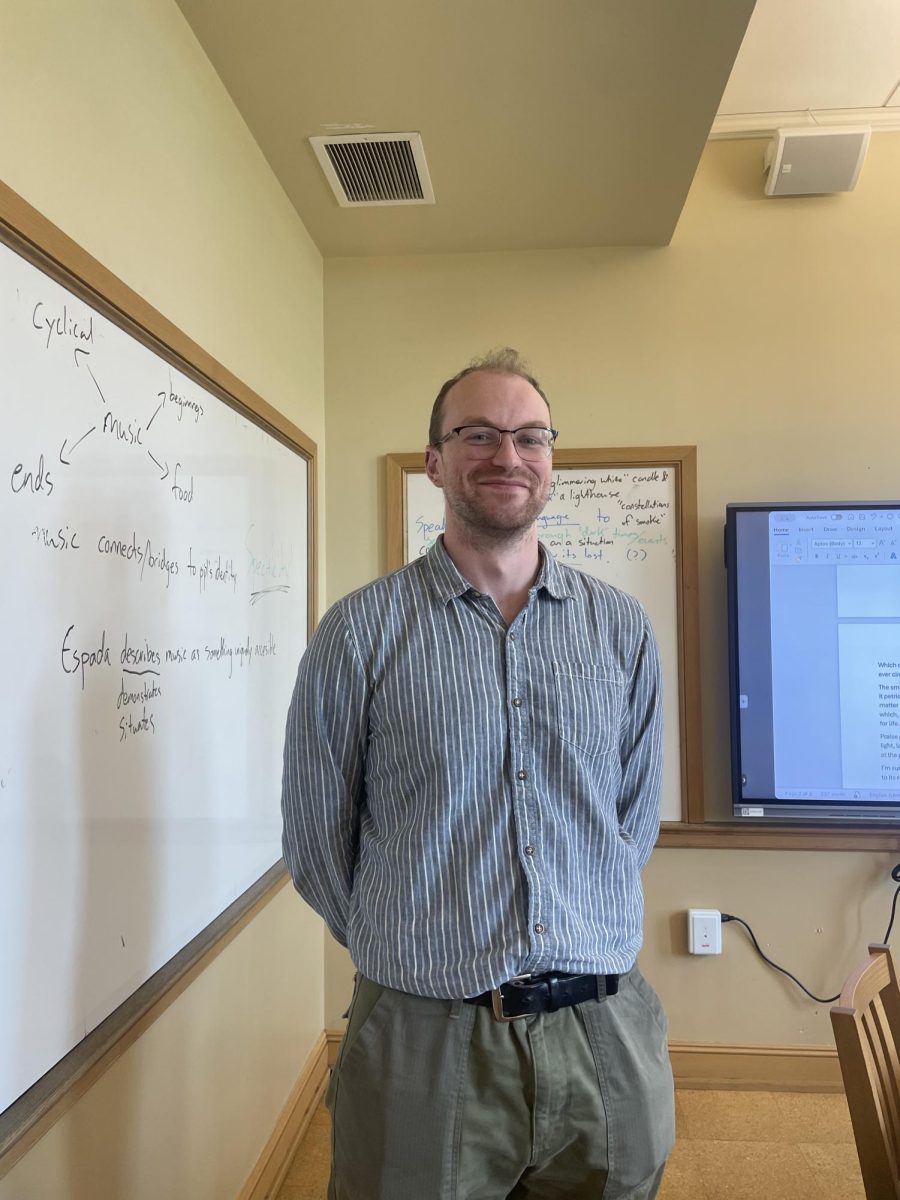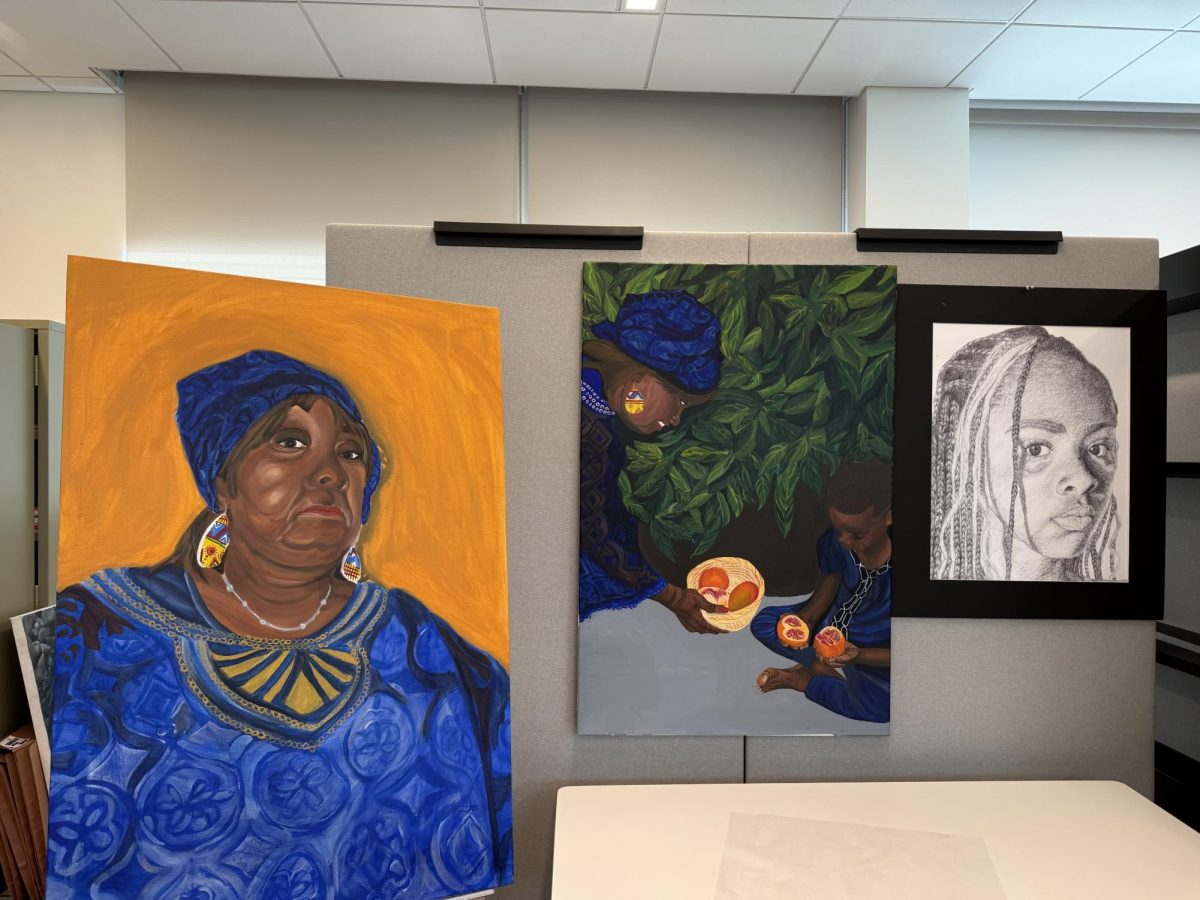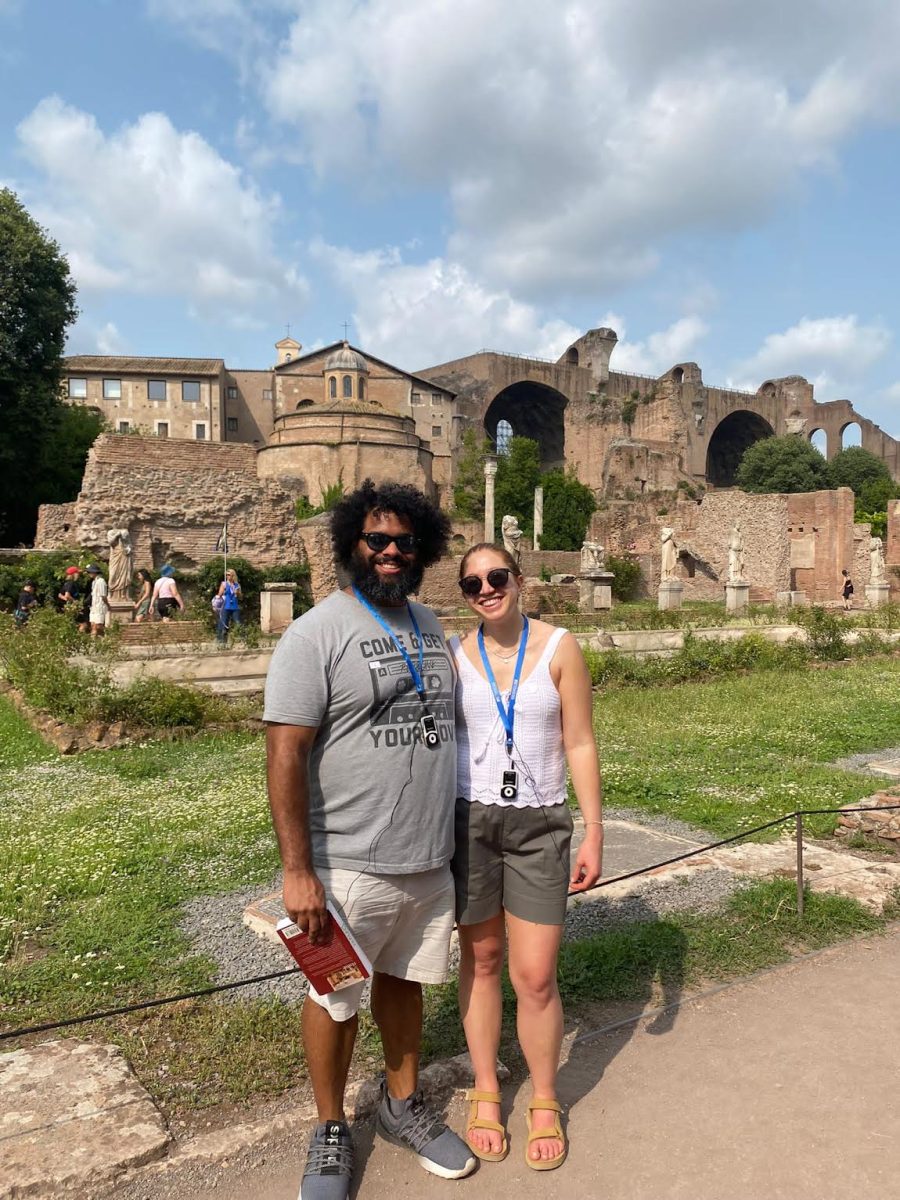Over the summer, the rising juniors and seniors in the Independent Science Research Project (ISRP) program completed their research projects at various facilities over multiple weeks. Their projects varied from creating AI models to accompany children with autism to creating models of fat and bone cells to create potential treatments for osteoporosis and cancer.
ISRP is led by Upper School Science Teacher Dr. Andrew Ying, who started the program in 2016 to give students with a passion for STEM the guidance to create and present their own independent science research projects.
Senior Elan Suttiratana’s project is centered around improving the translation ability of AI translation models. He focused on training the AI models to generalize a language by using similar dialects. This process allows the AI to translate it effectively. Elan’s model saw very successful results.
“There was one case where I trained [an English model] translator for English to another language. I trained it specifically in the Indian language. I trained it on a bunch of related Indian languages…without having seen the language before, it was able to achieve the fifth-best performance in the world on a test data set and then at a considerably faster pace than all the models better than it,” Elan said.
He also tested another AI model in which he showed the language to the model a few times prior. It was able to be “third best in the world,” he said, and was “three to fifty times faster than the two models better than it.”
Elan hopes to use his work to hasten the process of translating languages with fewer direct-to-English translations.
“My work focuses on languages that don’t have a lot of direct English to, for example, Javanese data, because it requires a native speaker to write it and annotate it…being able to do that without needing that for smaller languages helps preserve those languages and make translation easier,” Elan said.
Elan has worked with UT Austin and Yale School of Medicine for his research.
Senior Ethan Deng also worked with AI models over the summer, but for a different purpose. Ethan created an AI interactive virtual human head model with the purpose of accompanying autistic children. He hopes to make caretaking and autism support methods more accessible through his AI model. Ethan’s project has been a multiple-year effort, and he plans on continuing to advance and refine it this year.
“To improve from last year’s model, I’m trying to make this interactive website using a multi-agent system framework. This can basically help solve some of the issues that last year’s model could not solve. For example, multimodal inputs and outputs, as well as adjusting output based on real-time iGaze feedback,” Ethan said. “I plan on doing human participant experiments to actually test out the model and to see if it is effective with autistic children. I did this with the model last year, and the results turned out well…I’m just trying to replicate that this year.”
Over the summer, Obinna Nnamdi worked on improving a machine learning model that can learn representations of 3D models by combining his mentor’s models and one created by another group of researchers in the past. Obi’s model could be used to predict the properties of other molecules and for drug discovery trials and research in the future.
“The good thing was my new and improved model was able to process all 133,000 molecules from a publicly available data set, but the bad thing was it wasn’t able to handle the dimensions of the shapes of these molecules, so currently this year, I’m trying to work on fixing this error,” Obi said.
Nima Jones’ project was centered around the research of fat cell and bone cell diseases. Her work could be used to treat cancers in fat cells and bone cells, and osteoporosis, a disease in which bones become porous and lose mass.
“My project was making a disease model of fat cells and bone cells so that we could help people with those diseases and sort of model disease to have a healthy baseline,” she said, “We successfully made fat cells, and we also made bone cells, but we weren’t able to quantify them as well as the fat cells.”
IRP students will submit their projects to various research journals, such as the Columbia Junior Science Journal and the PennScience High School Journal. They also plan to present their work in science fairs such as the Regeneron Westchester Science & Engineering Fair (WESEF), the Regeneron Science Talent Search (STS), and the Junior Science and Humanities Symposium (JSHS).
“It takes a lot of hard work, but it’s really worth it to get the results and sort of feel like you’re making an impact,” Nima said. “Work hard and you’ll reap the benefits.”

